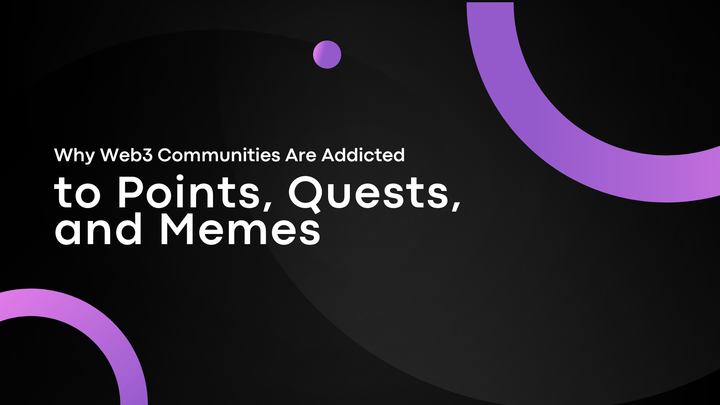🔗 Blockchain-based Legal Contracts (Ricardian Contracts)

What is a Ricardian Contract?
A Ricardian Contract is a digital agreement that connects legal language (what lawyers understand) with computer code (what software understands).
It’s like a bridge between humans and machines — both can read and use it.
It was first introduced by Ian Grigg in the 1990s to make financial contracts smart and secure.
How Does It Work?
A Ricardian Contract contains three parts:
- Legal Text – A normal written agreement that looks like a contract.
- Digital Signature – A unique code that proves it hasn’t been changed.
- Smart Contract Code – Software that can follow the rules written in the contract.
Think of it like this:
You write a normal contract → You convert it to a format that a computer understands → Both people and programs follow the same rules.
Why Use Blockchain?
When Ricardian Contracts are stored on a blockchain, they become:
- Tamper-proof: No one can secretly change the contract.
- Transparent: Everyone involved can see the same copy.
- Trustless: You don’t need a middleman (like a bank or lawyer) to check if the contract is working.
⚖️ Ricardian vs Smart Contracts
| Feature | Ricardian Contract | Smart Contract |
|---|---|---|
| Human-readable | Yes ✅ | No ❌ (mostly code) |
| Machine-readable | Yes ✅ | Yes ✅ |
| Legal strength | Strong (can be taken to court) | Weak (not always legally binding) |
| Based on blockchain | Optional | Yes |
They can work together! A Ricardian Contract can explain the legal part, while the Smart Contract executes it on the blockchain.
Benefits of Ricardian Contracts
- Easy to understand for humans
- Easy to process for computers
- Safe and verifiable on blockchains
- Can be used in legal systems
Conclusion
Ricardian Contracts help turn normal legal agreements into something digital, smart, and secure.
They bring the best of both worlds — legal trust and blockchain automation.
As blockchain grows, Ricardian Contracts could become a key part of how we make and follow agreements online.



Comments ()